Walking the Camino de Santiago is an unforgettable journey, filled with stunning landscapes, personal challenges, and incredible encounters. Over the course of 800+ km, we heard plenty of myths about what the Camino is really like. Some were amusing, while others could be misleading for future pilgrims.
If you haven’t read about why we chose to walk the Camino, be sure to check out this post before diving in!
Walking the Camino de Santiago was an adventure we’ll never forget. From the stunning landscapes to the personal challenges and amazing people we met along the way, it was truly something else. Over the 800+ km, we came across a lot of myths about the Camino—some were funny, and some definitely needed to be debunked before anyone sets out to do it themselves.
If you’re wondering why we chose to walk the Camino, be sure to check out this post before jumping into the details!
Myth 1: You will lose Weight Reality 1: FAT HOPE
People always ask us, “How did you not lose weight after walking 20+ km a day for over a month?” And honestly? The answer is simple—the food was just too damn good.
One of the best (and most dangerous) parts of the Camino is how accessible and amazing the food is. Every town, no matter how small, had a café, bakery, or restaurant just waiting to lure us in. Morning croissants? Yes, please. A mid-walk tortilla de patatas? Why not. A three-course pilgrim’s meal with wine included? It would be rude to say no.
And let’s be real—walking that much makes you hungry. Like, really hungry. When you’re on your feet for hours, you start justifying every snack break because, well, you’re “burning it off,” right? (At least, that’s what we told ourselves!)
Oh, and the wine? In some parts of Spain, it’s literally cheaper than water. A full bottle often came with the pilgrim’s menu, and let’s just say…we weren’t about to let it go to waste.
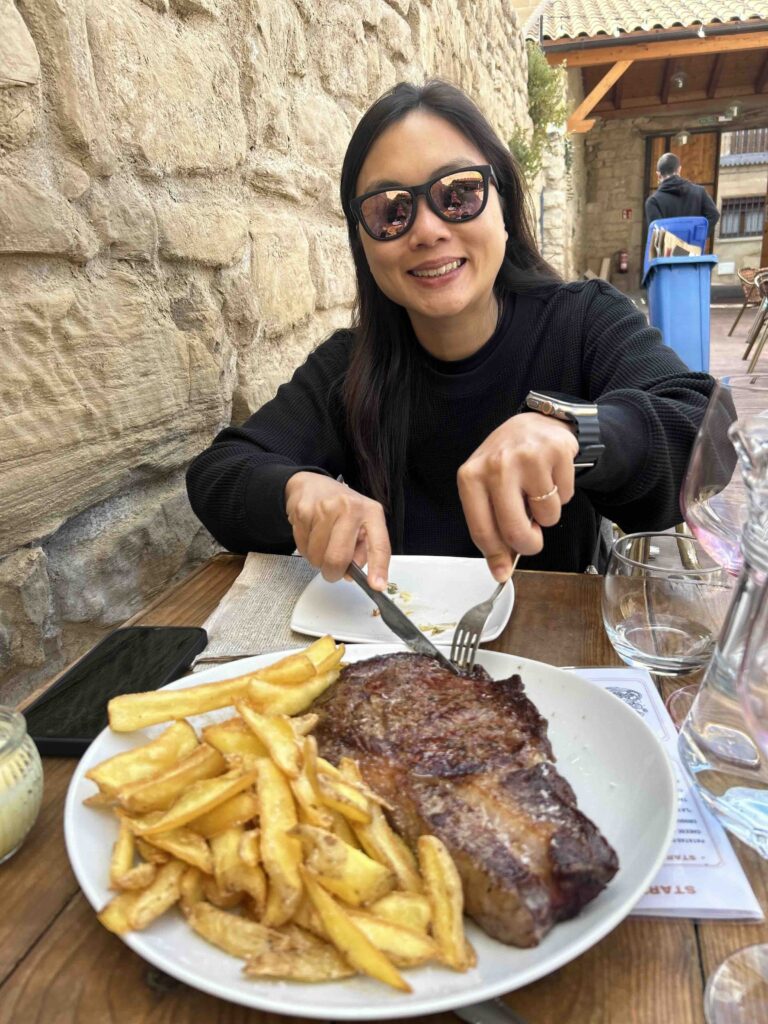
So, did we lose weight? Nope. Did we get stronger? Absolutely. But more importantly, we ate, drank, and enjoyed every single bite of the journey. And honestly? We wouldn’t have it any other way.
Myth 2: This is a relaxing vacation
Reality 2: Pace yourself
That dreamy idea of strolling through Spain, soaking in the scenery with zero worries? Yeah… not quite.
While the Camino is an amazing and life-changing experience, let’s set the record straight—it’s not a relaxing vacation. Most days, you’re walking anywhere from 20 to 30 km, sometimes on rocky paths, sometimes in the scorching sun, sometimes in the pouring rain. And when you finally reach your destination, thinking you can just kick back and relax? Nope—there’s still stuff to do. Laundry, tending to blisters, figuring out where to sleep next, and repacking for another day on the road.
Sleeping in? Forget about it. Pilgrims are up before sunrise, whether they like it or not. Some wake early to beat the heat, while others are woken up by the rustling backpacks and beeping alarms of fellow walkers. And with most albergues kicking you out before 10 AM, there’s no lounging in bed all morning.
Unlike a typical vacation where you can chill by the beach with a cocktail, the Camino is about constant movement. Sure, there are moments of rest—a café con leche break, a cold beer at the end of the day, or a long dinner with new friends—but at its core, the Camino is a journey. One step at a time, every single day.
So, if you’re expecting a carefree, do-nothing holiday… adjust your expectations. But if you’re up for a challenge that’s both physically tough and mentally rewarding—you’re in for something truly special. 💛🚶♀️
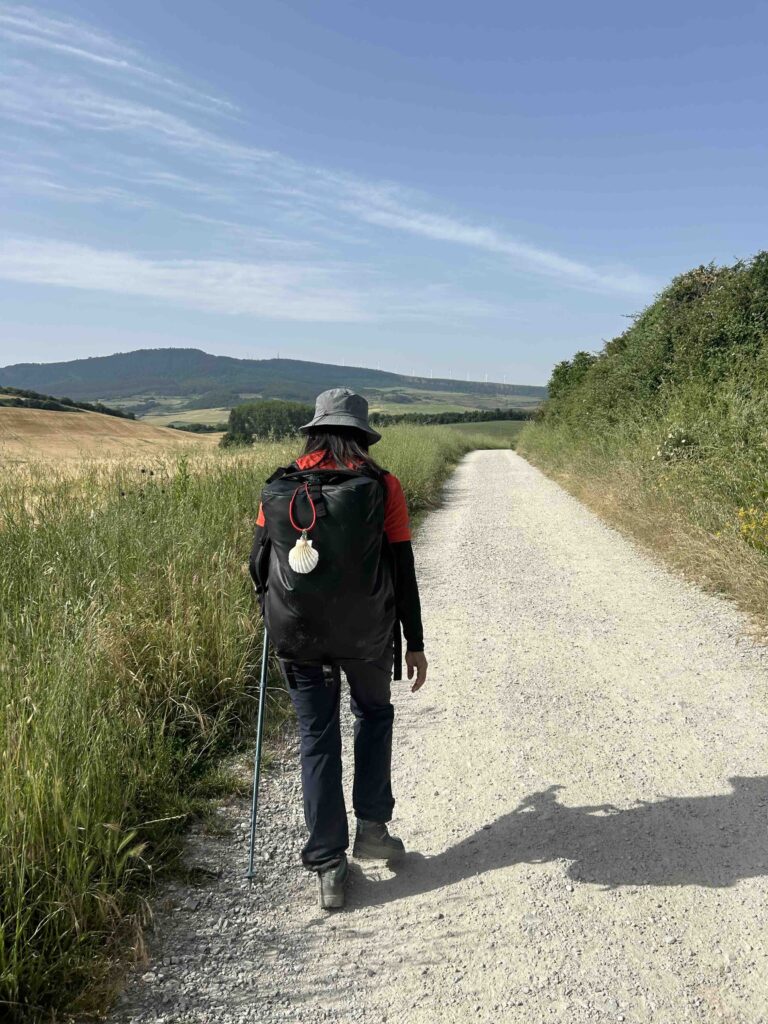
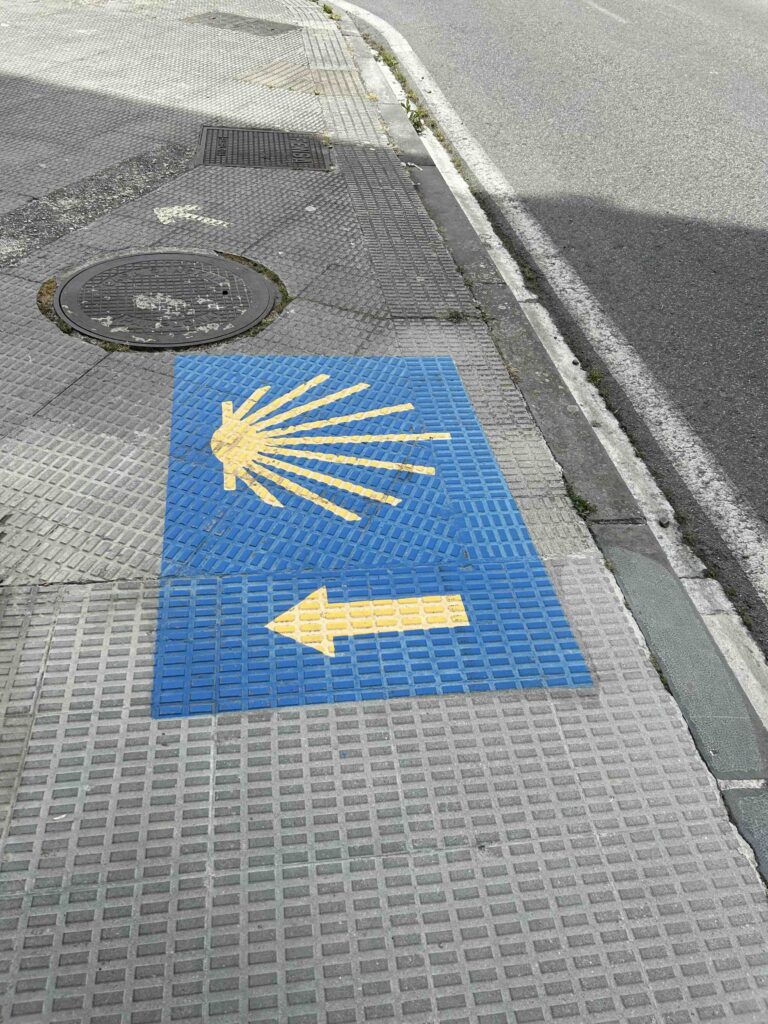
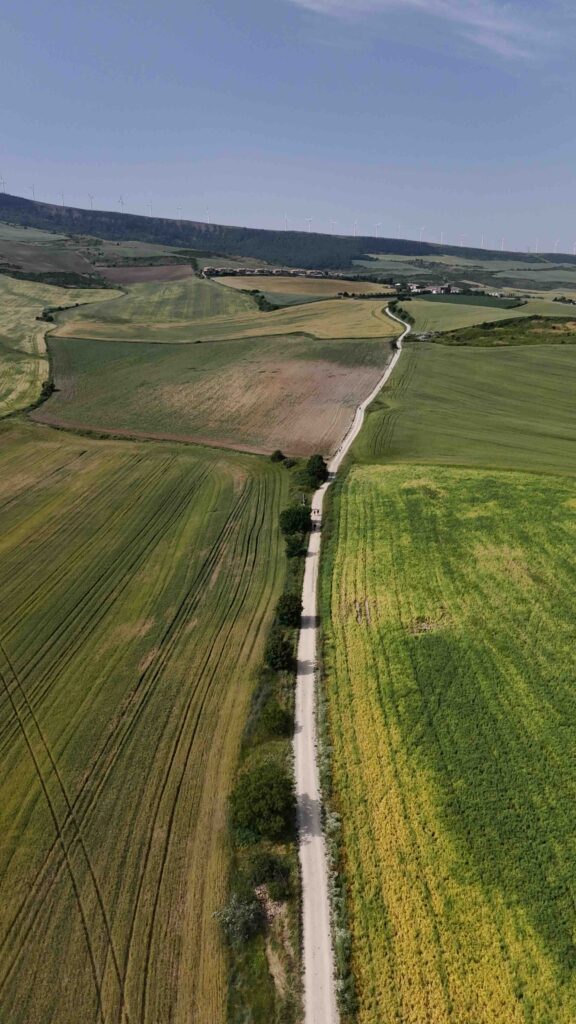
Myth 3: You will be lonely
Reality 3: Take time off
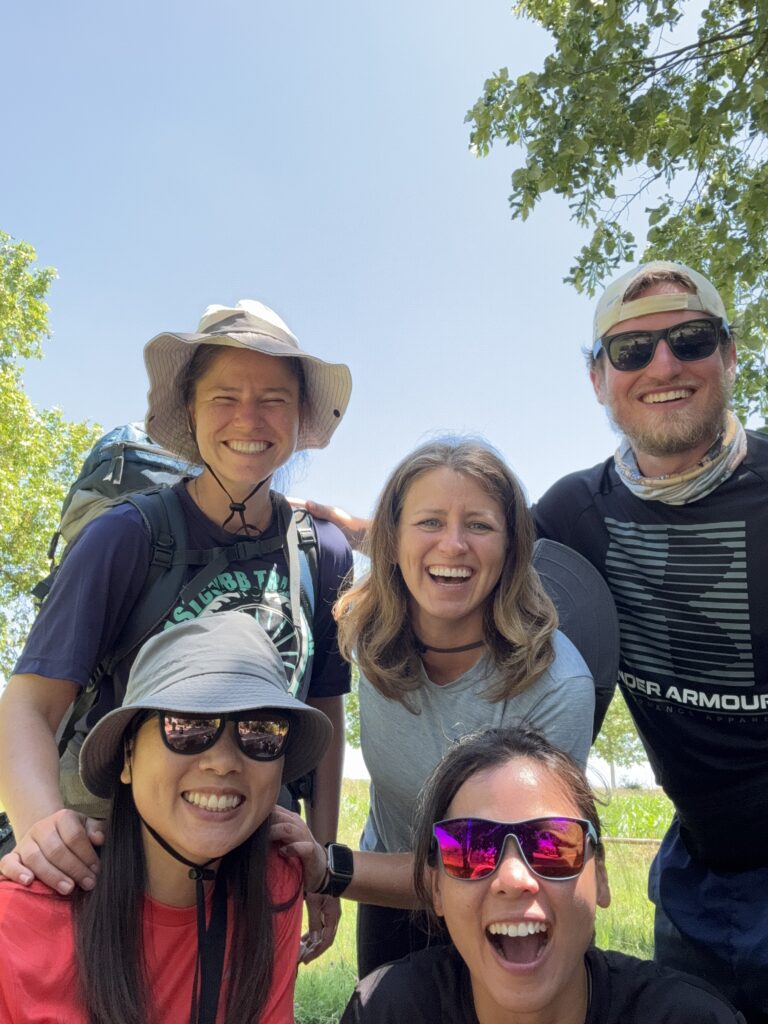
Many people worry that walking the Camino solo means spending weeks in isolation, but honestly? That couldn’t be further from the truth. The Camino is one of the most social long-distance walks in the world. Whether you’re swapping stories at an albergue, sharing a table over a pilgrim’s meal, or simply falling into step with someone on the trail, connections happen effortlessly. You’ll meet people from all over the world, and before you know it, strangers start to feel like old friends.
That said, alone time is totally possible too. Some days, you might find yourself walking solo, lost in thought, or intentionally taking a break from conversations. And that’s the beauty of the Camino—you can choose when to be social and when to just soak in the journey at your own pace.
So, will you be lonely? Only if you want to be.
Myth 4: You will not be able to complete it / You need to keep walking
Reality 4: Take a breather - Give yourself some leeway
The thought of walking 800km non-stop sounds impossible to many, and yes—it’s challenging! But the Camino isn’t a race, and there’s no shame in resting. If you need a rest day, take it. If your feet are screaming for mercy, take a shorter day or even hop on a bus or taxi for a leg.
The real goal of the Camino isn’t to suffer but to experience the journey in your own way. Some people finish in one go, while others return year after year to walk in sections. No one Camino is the same, and that’s the beauty of it.
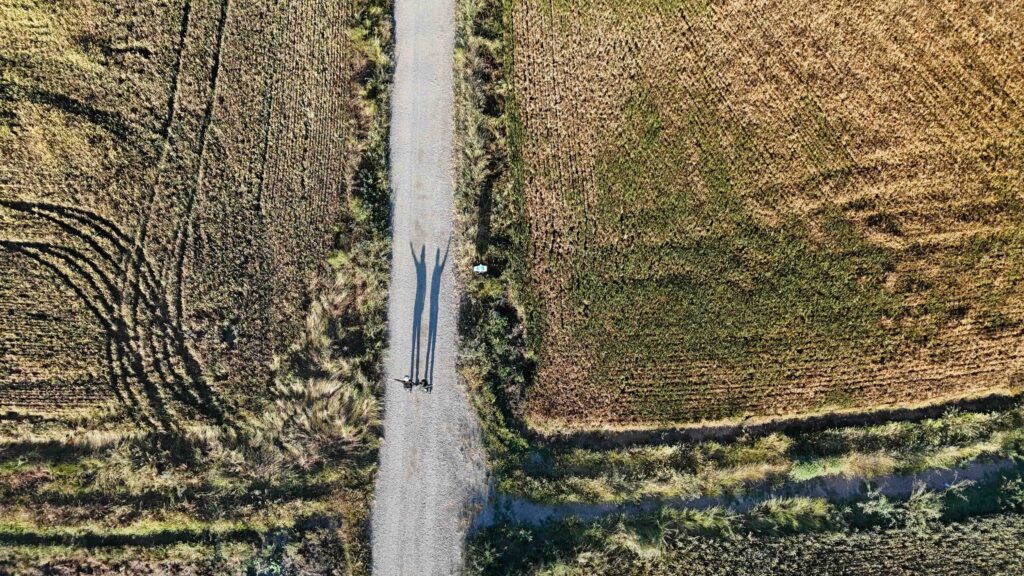
Myth 5: You need to be solemn / Religious
Reality 5: There will be Joy laughter and music!
Yes, the Camino has deep spiritual and historical roots, but that doesn’t mean it’s all about prayer and quiet reflection. The reality? The Camino is full of life! You’ll find:
- Live music in towns where pilgrims gather to celebrate their journey
- Laughter and wine at communal dinners in albergues
- Encouraging conversations with fellow walkers who share their stories
- Moments of pure joy when you realize how incredible this experience is
For many, the Camino is about human connection just as much as personal reflection. Whether you walk for spiritual reasons, adventure, or curiosity, the experience is what you make of it.
Myth 6: You need a deep reason
Reality 6: No reasoning is the best
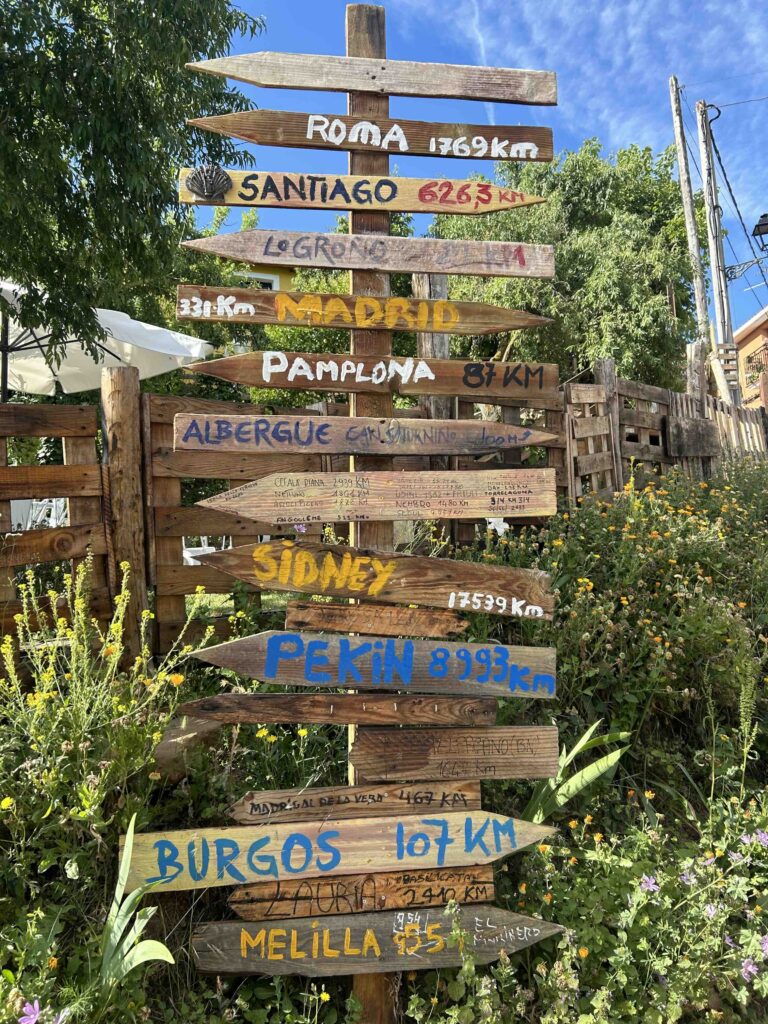
Some people walk for religious reasons. Others seek healing, reflection, or adventure. But you don’t need a profound reason to do the Camino. Some of the best journeys happen when you simply show up and let the path unfold.
Many pilgrims start the walk without a clear purpose, only to discover something meaningful along the way. Others just enjoy the physical challenge, the landscapes, or the chance to disconnect from everyday life. No reason is too small, and no reason is required!
Myth 7: You need to suffer Reality 7: Love yourself
There’s this old-school belief that to “properly” walk the Camino, you need to suffer through blisters, exhaustion, and hardship. But honestly? That’s nonsense. Taking care of yourself doesn’t make your experience less authentic!
- Got blisters? Stop and rest.
- Feeling drained? Treat yourself to a hotel for a night.
- Too tired to carry your pack? Send it ahead!
- Need a break? Take a shorter day or use transport.
Suffering isn’t a requirement for personal growth. Listen to your body, take care of yourself, and enjoy the experience—because the Camino is meant to be rewarding, not torturous.
Myth 8: You need to carry all your gears / bags Reality 8: The infrasture is strong
Yes, some purists believe carrying your full pack is the only way to do the Camino. But guess what? There’s an amazing infrastructure that allows you to send your bags forward if you want to walk lighter.
Many companies, like Jacotrans, provide daily backpack transport, so your gear meets you at your next stop. It just takes a bit of planning using apps like Buen Camino to organize your stages.
For those struggling with injuries, wanting a lighter experience, or simply preferring to walk with just a daypack, this service is a game-changer.
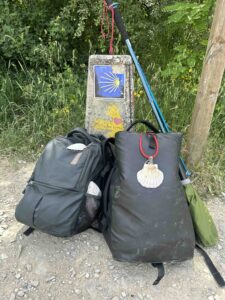
The Camino is full of myths, but the reality is that everyone’s journey is different. Whether you walk fast or slow, carry a full pack or send it ahead, seek solitude or crave social connections—there’s no “right” way to do the Camino.
Walk your way, and enjoy every step of it!
